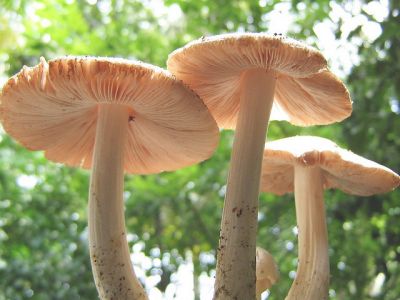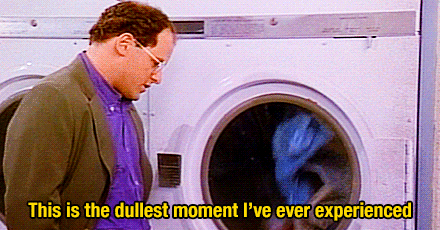Abigail Yarrison ’24, Editor in Chief
About 380 million tons of plastic is produced every year. Although many people participate in recycling, only about 8% of all the plastics produced can actually be recycled, leaving us with the Great Pacific Garbage Patch, polluted beaches, and overflowing landfills. Some plastics take over 400 years to decompose, and by that time the whole world would be covered in plastic. There are many proposed “solutions” to the plastic problem, for example widespread use of reusable items, but one of the most interesting answers comes from the “Kings of Decomposition” themselves: Mushrooms.
In 2012, students at Yale University discovered that some species of mushrooms have the unique ability to eat plastic. More specifically, one type of plastic compound: polyurethane. In just a few months, these mushrooms were able to turn small amounts of plastic waste into organic matter/compost. Pestalotiopsis microspora is the name of this miraculous mushroom. What was even more astonishing is that this mushroom can survive on plastic alone: no sunlight, oxygen, or water required. Just plastic. Scientists believe that Pestalotiopsis microspora is ideal for cleaning up landfills.
Another study by Katharina Unger of Utrecht University found that Oyster mushrooms, Pleurotus ostreatus, can also break down polyurethane. These mushrooms are also unique in that they are edible! Unger found that after the Oyster mushroom consumed the plastic, no toxins remained, allowing it to be consumed safely. Following her study, Unger designed Fungi Mutarium, an at-home fungi growth and plastic decomposing kit. In essence, fungi spores and plastics are placed in an agar pod which stimulates growth. The fungi consume the plastic while growing in the pod. After a few weeks, the pods can be eaten. The goal is for the Fungi Mutarium to be a common household food source and recycling kit. Scientists perceive that small scale home recycling kits could be possible in the future, and that recycling centers could implant large scale fungi systems as well.
Source: livinstudio.com
Two other types of mushrooms have been discovered to decompose polyurethane. Schizophyllum commune, commonly called “Split Gill” mushroom and Aspergillus tubingensis. The latter was discovered in a city waste disposal site in Pakistan in 2017. It broke down polyurethane in two months.
This seemingly perfect solution has called attention to some complications. First, introducing these mushrooms to foreign environments could disrupt ecosystems. To remedy this concern, scientists have suggested a controlled environment to put collected plastics into with the mushrooms, separated from any natural ecosystems. Second, it is speculated whether these mushrooms can even keep up with the large amounts of plastic produced every year. It took Pestalotiopsis microspore, Pleurotus ostreatus, and Aspergillus tubingensis 2-3 months to decompose small amounts of plastic waste. How long would it take to decompose a landfill, when that landfill grows every year?
Plastic eating mushrooms are still experimental and many questions have to be tested before anything can be put into action. However, the wonderful things discovered every day on our planet gives me hope that we can resolve this plastic problem for all species on Earth!
Source: halafocus.net (image of Pestalotiopsis microspore)





